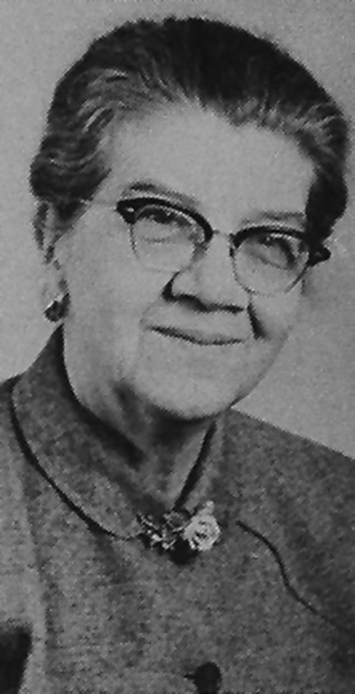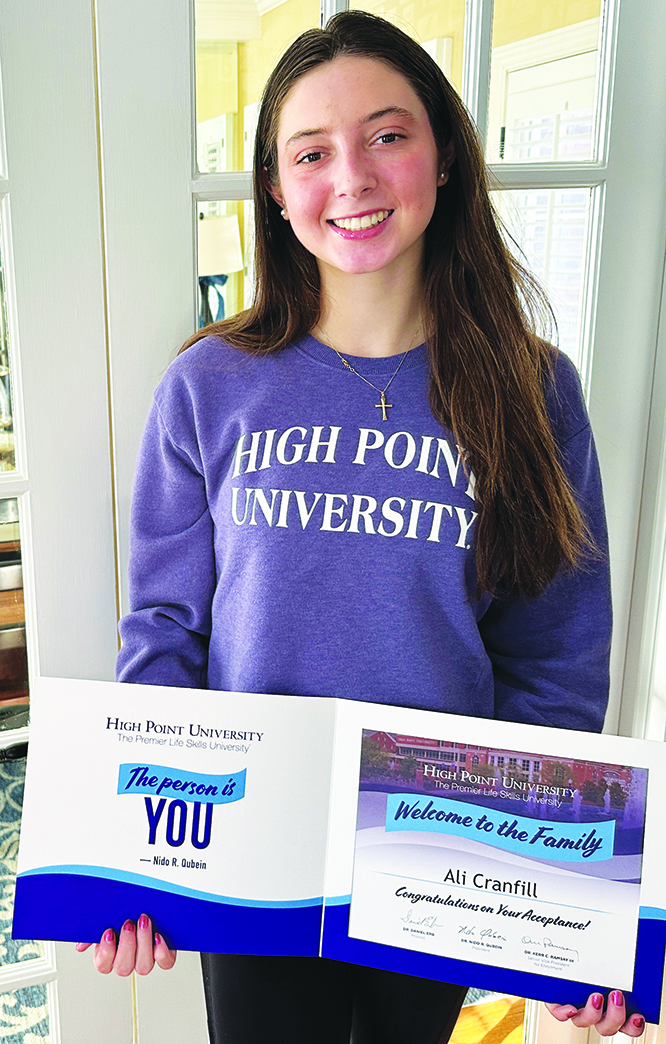The Literary Corner: Renegade Writer’s Guild
Published 12:14 pm Tuesday, October 15, 2024

- Flossie Martin
|
Getting your Trinity Audio player ready...
|
Through America’s Gate
Part I
By: E. Bishop
The World Population Review defines immigration as the process of moving from one country to another and has been part of mankind’s journey since the dawn of human civilization. In fact, immigration was technically practiced before any of the countries that make up today’s United Nations even existed. With immigration being such a controversial topic in this election year, it was fitting that our recent road trip included Ellis Island and the Statue of Liberty.
History did not interest me in my earlier years; I find it interesting now that I’m older and can appreciate learning from the past. The 15-minute ferry ride over to Ellis Island was an experience all by itself; while waiting to be boarded, there were people from all over the globe wearing their native attire and speaking their native languages. It is indeed an interesting tourist attraction for everyone. Our visit was limited; I could have spent the recommended two to three hours to explore.
As the ferry approaches the drop off point, ahead of us we see this huge intimidating building – the Main Building and the Registry Room. The Main building has always been the centerpiece of Ellis Island, the largest and most visible, and the one through which all immigrants had to pass for processing and gaining admission to the country. The Registry Room (Great Hall) occupies the second and third stories of the central portion of the Main building. This room is approximately 200 feet long by 100 feet wide and 56 feet high with a perimeter balcony surrounding the entire space (Landmark Preservation Commission). The Guastavino tile arched ceiling is very impressive and the red Ludowici tile floor with soaring vaulted ceilings and large arched window openings at the clerestory (upper part of the nave) accentuate the enormity of the space. It was truly an awe inspiring area now used as an exhibition space for the museum.
Ellis Island has been owned by the federal government since 1808; on June 15, 1897, a fire destroyed the complex of wooden buildings used for processing immigrants. The government immediately rebuilt with more fireproof buildings (1898-1900). The complex processed over 12 million immigrants, the nation’s principal gateway, during the years 1892-1954.
Restoration in the 1980s allowed the building to be reopened as a museum dedicated to the nation’s immigrant heritage. Many Americans can trace their ancestry to immigrants who crossed this island looking for the promise of a better life in America.
Miss Flossie
By Linda H. Barnette
Another person that I admire is Miss Flossie Martin.
She was born on Aug. 21, 1890 and died on Feb. 11, 1993 at age 102. Her parents were William Columbus and Frances Eaton Martin, an I also remember her brother Dr. Lester Martin, who delivered my mother in 1917. Her degrees were from Salem College and Columbia University as well as a master’s from Chapel Hill. She taught science at Reynolds High School in Winston-Salem beginning in 1922 and then spent 13 years teaching in Davie County, finally retiring in 1960.
I was fortunate enough to be in her science class at the old Mocksville High School in 1956 when I was in the ninth grade. Even though I knew her from First Baptist Church, she was someone to be admired from afar. I remember being petrified when she brought a live snake (a small one) to class one day, and I made good grades so that I would always be a sheep. She called us sheep and goats – no names of course. She was a serious teacher, and I was a serious student. Kids in her class never talked or cut up either as that was unheard of in my day.
Having never married, she devoted her life to the pursuit of knowledge and spent years at the Davie County Public Library as a volunteer where she was instrumental in starting the History Room. In fact, the rom is named in honor or both Miss Flossie and Mr. James Wall, who was our county historian for many years and was another of my heroes.
Miss Flossie obviously had a genuine interest in genealogy, collecting information on many Davie County families. My guess is that she started researching her own family and branched out from there. The History Room contains several hundred family files.
Now I am volunteering there and am working on the People, Not Property project. As I go through each file, I often find notes in her very tiny handwriting. How lucky we all are that she had such a passion for history and genealogy. I’m honored to have been her student and a fellow volunteer.





